Profitability in the brewery industry is a cornerstone of success, driving innovation and growth across the sector. While crafting beer that appeals to consumers remains paramount, achieving sustained profitability often hinges on optimizing operations, understanding market dynamics, and leveraging strategic insights. Whether you’re running a local brewpub, a regional brewery, or exploring global markets like CDM Mozambique, maximizing beer profits requires a blend of efficiency, creativity, and adaptability. This comprehensive guide delves into the key factors influencing brewery profitability, offering actionable strategies to boost revenue streams and navigate the evolving beer market. From analyzing profit margins to exploring innovative approaches to beer bar profits, we’ll uncover how brewers can achieve long-term success in a competitive landscape. Stay tuned as we dissect the latest trends, tools, and techniques to ignite your brewery’s profitability and secure a stronger position in the industry.
Key Takeaways
– The global beer industry generates over $659.57 billion annually, with significant contributions from both at-home and out-of-home consumption.
– Beer sales are declining due to factors like economic uncertainty, shifting consumer preferences, and competition from alternative beverages.
– Major profitable beer brands include Anheuser-Busch InBev, Heineken, MillerCoors, and Diageo, leveraging strong distribution networks and premium branding.
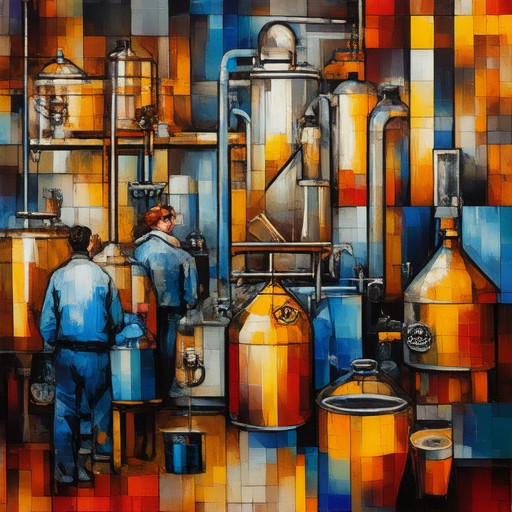
How Profitable Is Beer?
The profitability of beer production and sales depends on several factors, including production scale, distribution channels, and market demand. Breweries typically operate on relatively high profit margins due to economies of scale and consumer demand.
Average Brewery Profit Margins
According to industry reports, the average profit margin for breweries producing beer and ales is approximately 45%. This margin reflects the cost efficiency of large-scale production and strong consumer demand for beer.
Factors Influencing Profitability
- Production Costs: Larger breweries can reduce unit costs through economies of scale, leading to higher profit margins compared to smaller, craft breweries.
- Competition: The beer industry is highly competitive, with major players like Anheuser-Busch InBev and Heineken dominating global markets. However, craft breweries are gaining market share, particularly in niche segments.
- Distribution Channels: Efficient distribution networks and partnerships with retailers or bars can significantly boost profitability.
- Consumer Preferences: Trends such as health-conscious consumers choosing low-calorie or flavored beers can impact profitability.
Market Size and Growth
The global beer market is valued at over $500 billion annually, with developing regions like Asia-Pacific and Africa contributing significant growth. This massive market supports high profit margins for established players.
Comparison to Other Alcoholic Beverages
Beer generally has higher profit margins compared to spirits or wine, which are often subject to higher production costs and aging requirements.
Opportunities for Growth
Breweries can maximize profitability by expanding into premium or craft beer segments, leveraging unique flavors and branding. Additionally, partnerships with restaurants or bars can provide additional revenue streams.
Conclusion
In summary, the beer industry offers substantial profitability potential, particularly for businesses able to leverage scale, efficient operations, and strong market demand.
What is the Average Profit on Beer Sales?
The average profit margin for beer sales varies depending on several factors, including the type of beer, pricing strategy, and location. Here’s a breakdown of the typical profit margins in the beer industry:
- Domestic Beer Brands :
- These typically have a profit margin of around 20-25% , driven by mass production and lower costs associated with larger volumes.
- Craft Beers :
- Craft breweries often enjoy higher margins, ranging from 35-45% , due to their premium positioning and smaller, more specialized production runs.
- Imported Beers :
- Imported beers may have slightly lower margins, usually between 25-30% , due to higher import costs and competition from local producers.
- Specialty and Premium Beers :
- Beers with unique flavors, limited editions, or premium branding can command margins closer to 40-50% , appealing to discerning consumers willing to pay more.
Factors Influencing Profit Margins:
- Product Mix : Selling a mix of domestic and craft beers can optimize profitability by capturing a broader audience.
- Location : Regions with higher alcohol taxes or stricter regulations may impact margins differently.
- Competition : Local competitors and national chains can affect pricing strategies and profit potential.
For liquor store owners looking to maximize profitability, focusing on high-margin products like craft beers and specialty imports can be a successful strategy. Additionally, optimizing inventory turnover and leveraging location-specific pricing can further enhance overall profit margins.
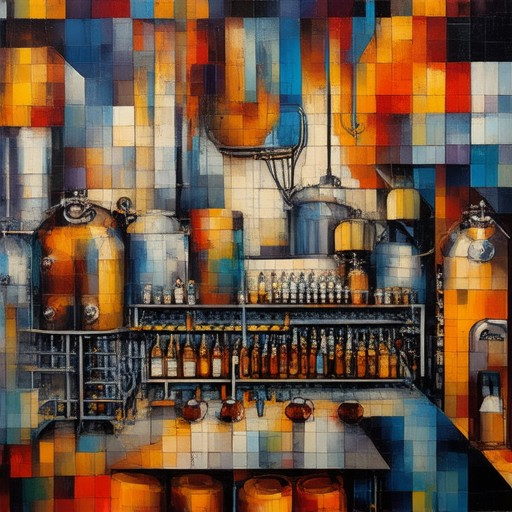
The 3:30-300 Rule for Beer
The 3:30-300 rule for beer is a simple yet effective guideline to enhance your beer-drinking experience. Here’s how it works:
- Serve at 3:30 PM Temperature : The ideal serving temperature for most beers is around 45°F (7°C), which is slightly cooler than room temperature. This temperature helps preserve the flavor notes and aroma of the beer, making it taste smoother and more enjoyable.
- Keep It Below 300 Calories : Each serving of beer should ideally contain fewer than 300 calories. This makes it a healthier choice, especially for those watching their calorie intake. Light beers, in particular, often fall into this category, making them a great option for moderation.
By following these two simple rules, you can ensure that your beer is not only delicious but also a mindful choice.
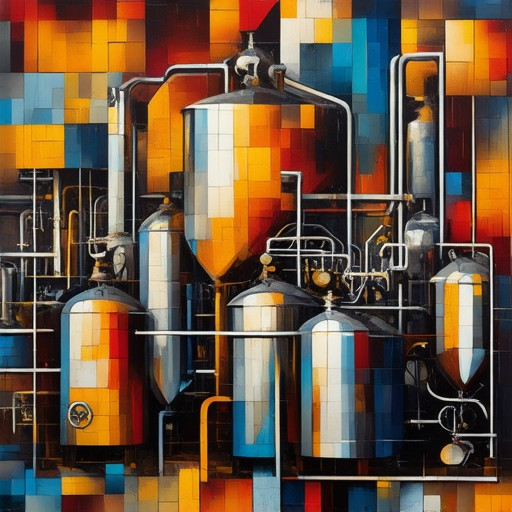
How Much Money Does Beer Make a Year?
The global beer industry generates significant annual revenue. In 2025, the combined revenue from both at-home and out-of-home beer sales reached approximately $659.57 billion USD.
- At-Home Consumption : Revenue generated in supermarkets and convenience stores amounted to $348.56 billion USD in 2025.
- Out-of-Home Consumption : Revenue from restaurants, bars, and other hospitality venues was $311.01 billion USD in the same year.
These figures highlight the substantial contribution of the beer industry to the global economy, reflecting its widespread popularity and consumption across various settings.
Why Are Beer Sales Declining?
Beer sales have been experiencing a decline in recent years, influenced by several interconnected factors across the beverage industry. Here are the primary reasons:
- Economic Factors : Rising inflation and economic uncertainty have led to reduced disposable incomes, prompting consumers to prioritize essential goods over discretionary purchases like beer.
- Changing Consumer Preferences : Younger demographics increasingly favor healthier alternatives such as hard seltzers, flavored sparkling water, and craft cocktails, shifting away from traditional beer choices.
- Competition from Alternative Beverages : The rise of non-alcoholic beers and the popularity of wine and spirits among certain age groups have captured market share from traditional beer.
- Regulatory Pressures : Increased taxes on alcohol and stricter regulations on alcohol marketing have made beer relatively more expensive and harder to promote effectively.
- Market Saturation : The proliferation of breweries has led to intense competition, driving down profit margins and encouraging consolidation or diversification.
- Distribution Challenges : Inefficient supply chains and the growing influence of e-commerce have caused delays and logistical issues, impacting inventory levels and customer satisfaction.
- Pricing Strategy : Perceived high prices and excessive promotional activity may have led to a decline in perceived value, encouraging consumers to opt for cheaper alternatives.
- Macroeconomic Factors : Trade tariffs and import issues have affected the availability and affordability of certain beer varieties, particularly those reliant on international supply chains.
To counteract these trends, the craft beer industry is focusing on innovation, expanding into niche markets, and optimizing distribution channels to remain competitive. By understanding these dynamics, brewers can better position themselves in a evolving market landscape.
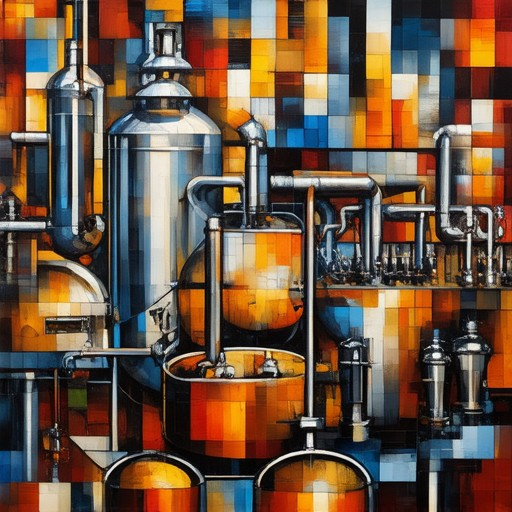
Most Profitable Beer Brands
The most profitable beer brands are typically those with extensive distribution networks, strong brand recognition, and a competitive edge in the market. Among the top contenders, several breweries stand out due to their revenue generation and market dominance.
Top Beer Companies by Profitability
- Anheuser-Busch InBev
As one of the largest brewers globally, Anheuser-Busch InBev owns iconic brands like Budweiser, Stella Artois, and Michelob Ultra. Its global reach and efficient supply chain contribute significantly to its profitability. - Heineken
Heineken is renowned for its premium lager beers and strong brand loyalty. With operations spanning over 170 countries, Heineken’s global presence drives its financial success. - MillerCoors
A leading brewer in the U.S., MillerCoors operates through a vast distribution network and offers a diverse portfolio including Blue Moon and Coors Light, making it highly profitable. - Diageo
While primarily known for spirits, Diageo’s beer division, particularly in Europe, generates substantial profit. Its ability to adapt to local markets enhances its profitability.
Factors Influencing Profitability
- Market Position : Dominant brands often command higher prices, contributing to profitability.
- Distribution Networks : Efficient distribution channels reduce costs and increase market penetration.
- Pricing Strategy : Premium branding allows companies to charge more, boosting profits.
- Cost Efficiency : Streamlined production processes and vertical integration improve profitability.
These breweries leverage their strengths to maintain profitability, making them key players in the beer industry.

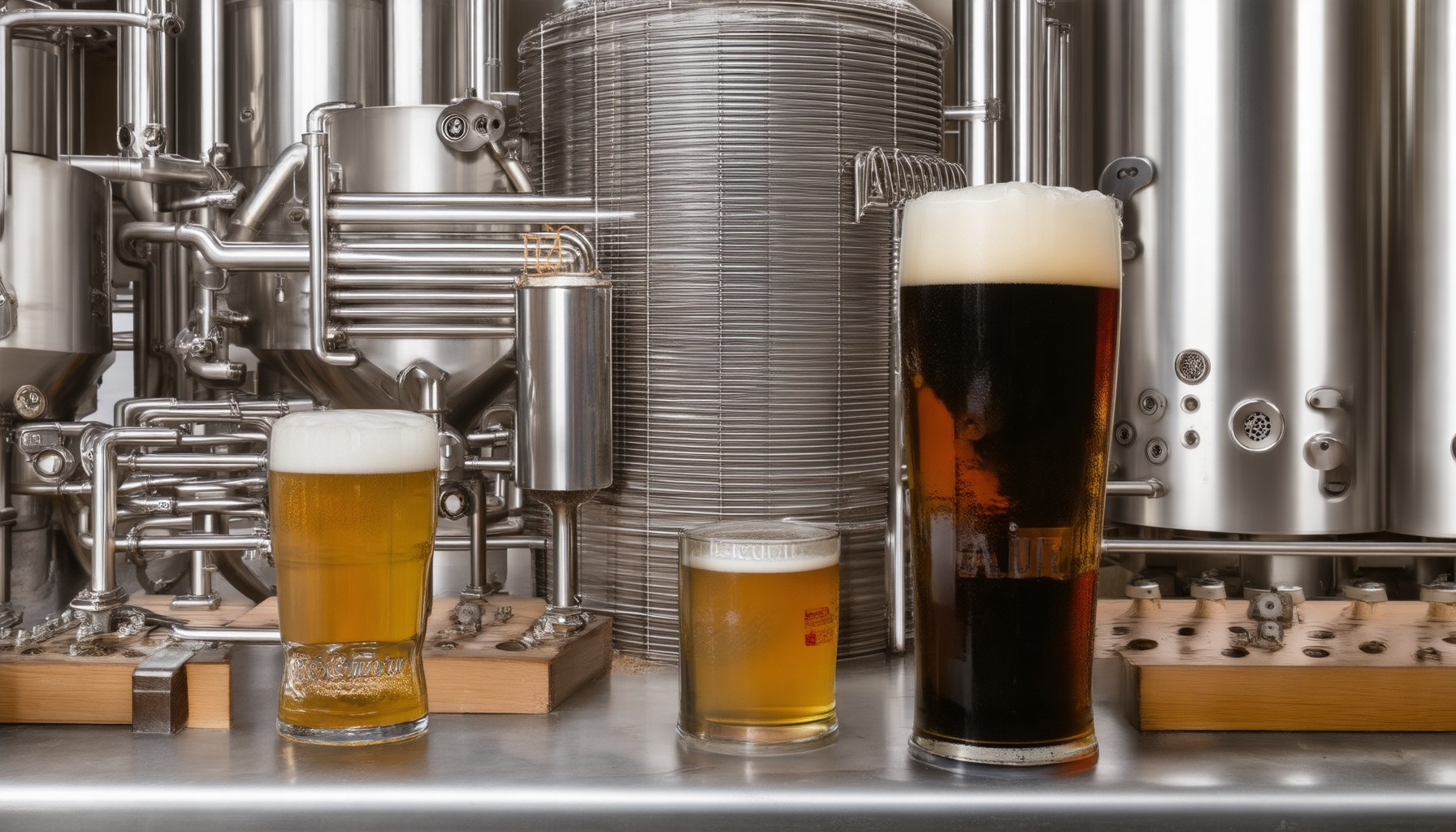

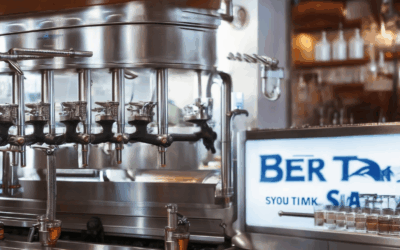
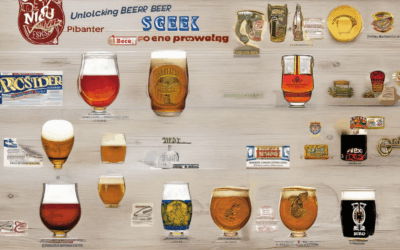
0 Comments